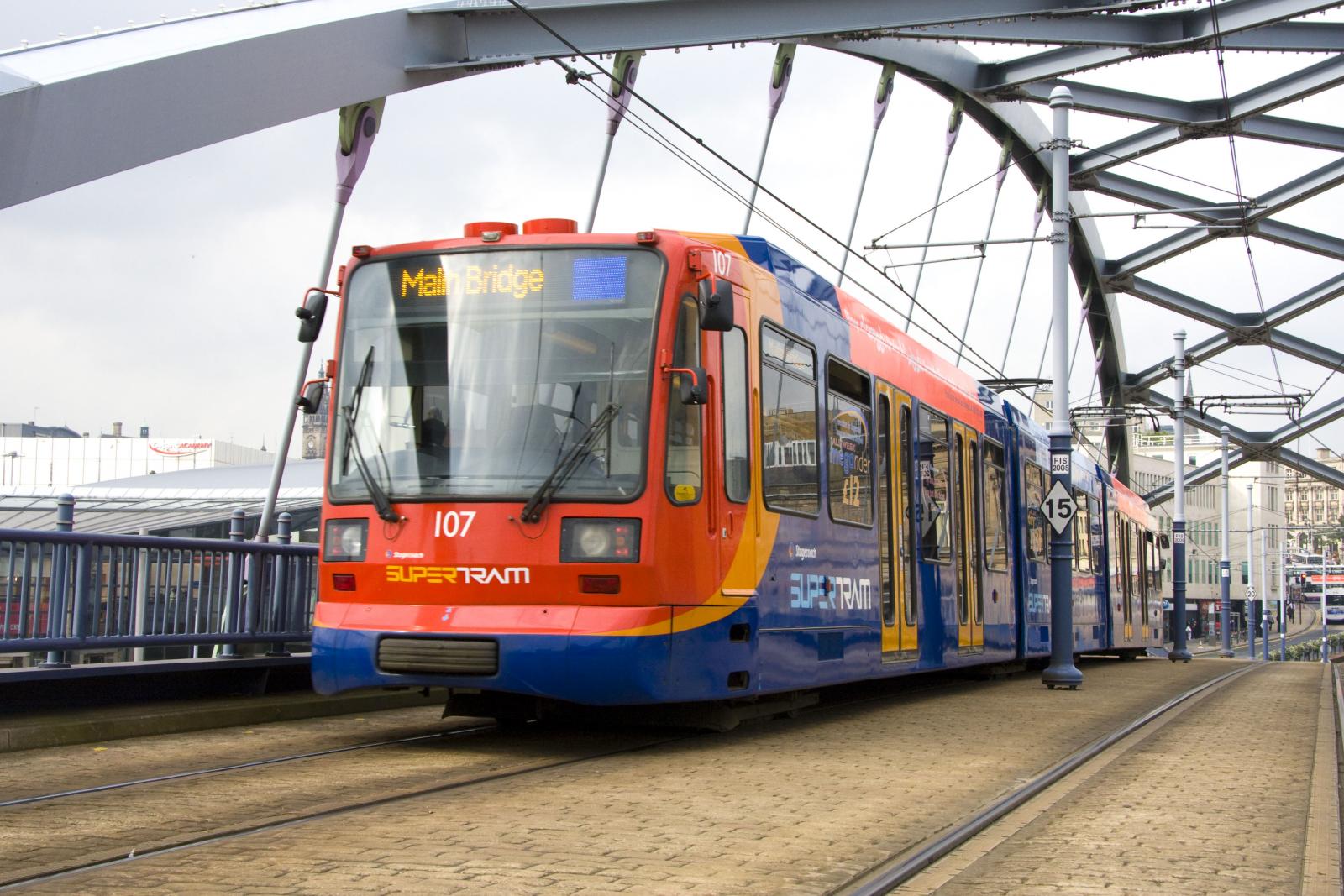Leading light
Light rail is now playing a bigger role in the life of British towns and cities than since the heyday of urban tram systems between the First and Second World Wars.
This report, produced by Steer for the Urban Transport Group, shows how Britain’s light rail systems have supported economic growth in the areas that they serve, promoted social inclusion and led to environmental gain, including a reduction in carbon emissions.
It argues there is a need to maintain the connectivity provided by light rail as the economies of the towns and cities that light rail serves recover from the impacts of the COVID-19 pandemic. It says investment in maintenance and renewal will continue and potentially enhance the benefits that light rail brings and that a stable Government policy and funding environment will help promoters come forward with light rail proposals that will bring further economic, societal and environmental benefits.
Light rail has supported economic growth in the areas that it serves, promoted social inclusion and led to environmental gain, including a reduction in carbon emissions. It contributes to meeting the Government’s “levelling up” agenda and helps meet the need to decarbonise transport.

The Leading light report looks systematically at how light rail – which pre-pandemic carried 282 million passengers a year (2018/19) – contributes to the economic, social and environmental objectives of both national and city region governments.
- Economic benefits - Light rail can support growth in employment and economic activity in town and city centres in a way that minimises the negative impacts that growth in car traffic would bring but that facilitates redevelopment, regeneration and improved public realm. One study found that the Tyne and Wear Metro contributed around £290m to the Gross Value Added (GVA) of the North East economy.
- Social benefits – Light rail can contribute to the Government’s levelling up agenda and help ‘left behind’ town and city centres by providing better access to jobs, education and training for those living in deprived areas. For example, in an Ipsos MORI study into the impact of a new Manchester Metrolink line on Wythenshawe, 84% of people said the tram contributed most to giving them access to a wider range of places with job opportunities. Additionally, 67% of Tyne and Wear Metro journeys pre-COVID were made by people who did not have access to a car.
- Environmental benefits – Light rail can support the transition to net zero carbon and contribute to cleaner air in cities. This is because light rail is one of the least polluting transport modes (and zero emissions at the point of use). Manchester Metrolink and Nottingham’s NET, for example, are powered exclusively by renewable energy. South Yorkshire Passenger Transport Executive estimate that Sheffield Supertram helps to save over 2,000 tonnes of CO2 per year.
Key findings of the report
Economic growth
Britain’s light rail systems have supported economic growth in the areas that they serve, promoted social inclusion and led to environmental gain, including a reduction in carbon emissions.
Maintain connectivity
There is a need to maintain the connectivity provided by light rail as the economies of the towns and cities that light rail serves recover from the impacts of the pandemic.
Maintain and renew
Investment in maintenance and renewal will continue and potentially enhance the benefits that light rail brings to the economy, society and the environment.
Stable policy & funding
A stable Government policy and funding environment will help promoters come forward with light rail proposals that will bring further economic, societal and environmental benefits.
Further reading
Briefing
The role of LRT during and after the pandemic
This factsheet sets out examples and statistics on the key role that light rail has played in getting key workers where they need to be during the pandemic and the essential role it will have in building back better afterwards.
Report
Continuing COVID Funding Support for Urban Public Transport
Briefing
Briefing on Light Rail
This briefing on Light Rail Systems answers some of the most frequently asked questions about this mode of transport, and presents the benefits that Light Rail can bring.
This updated briefing on Light Rail Systems answers some of the most frequently asked questions about this mode of transport, and presents the benefits that Light Rail can bring.

